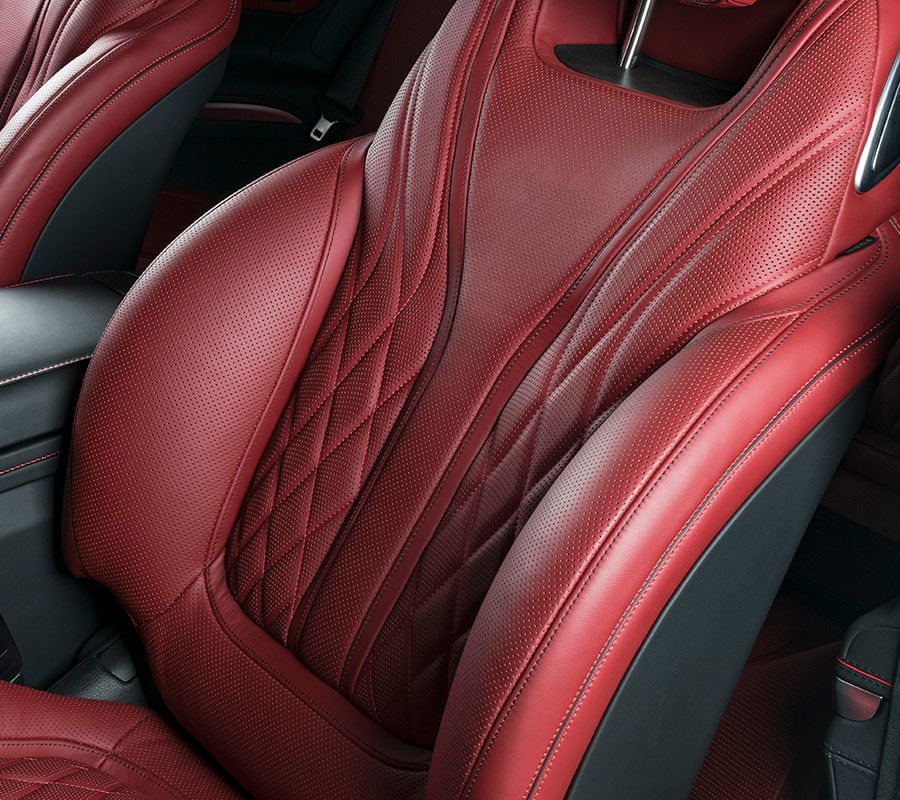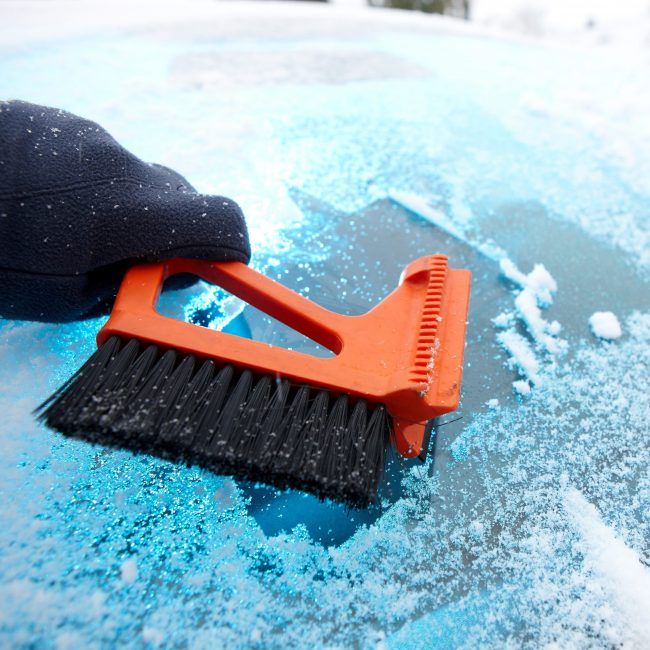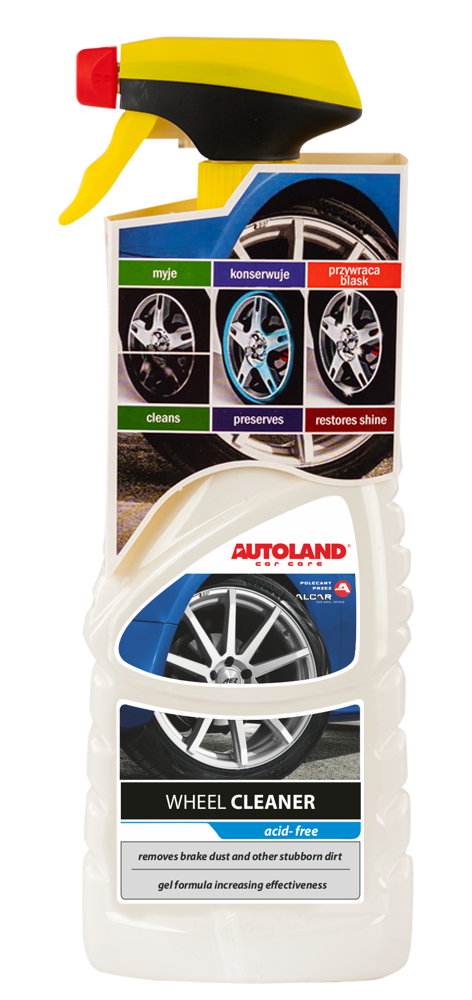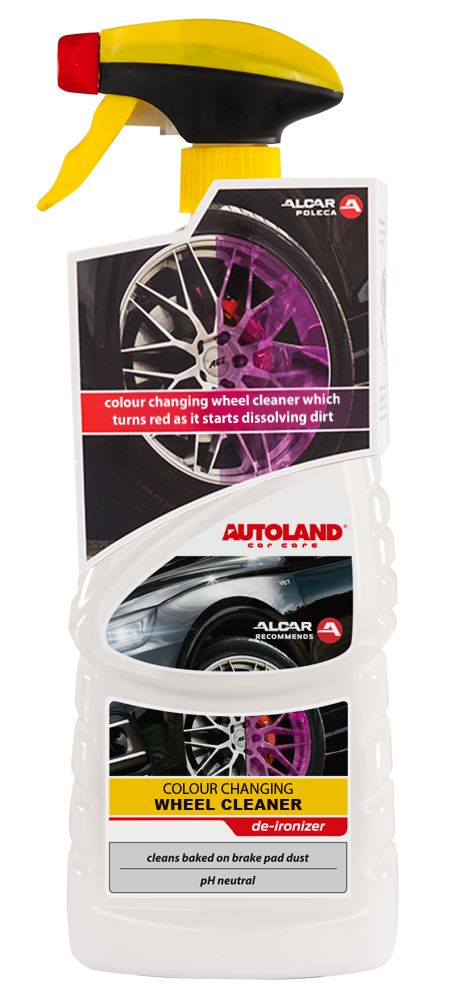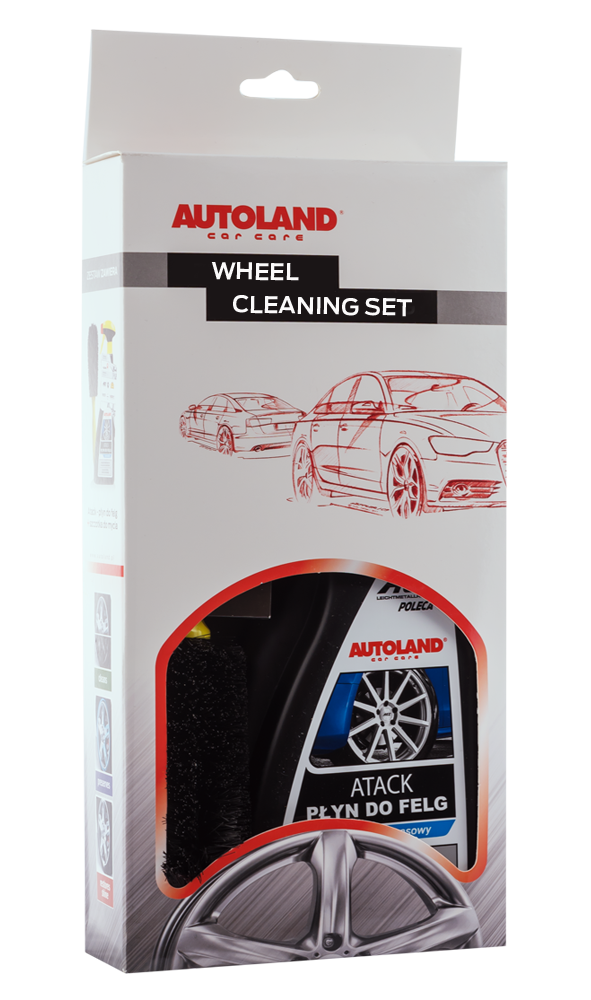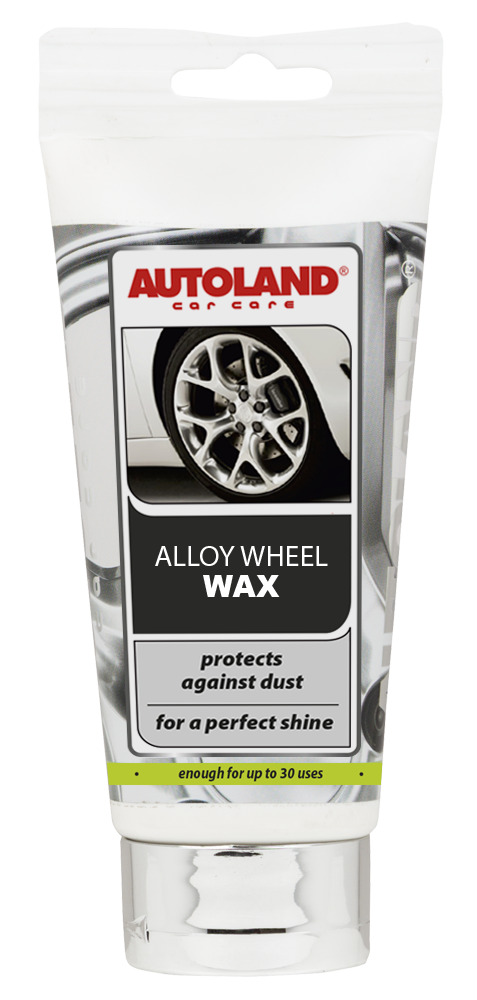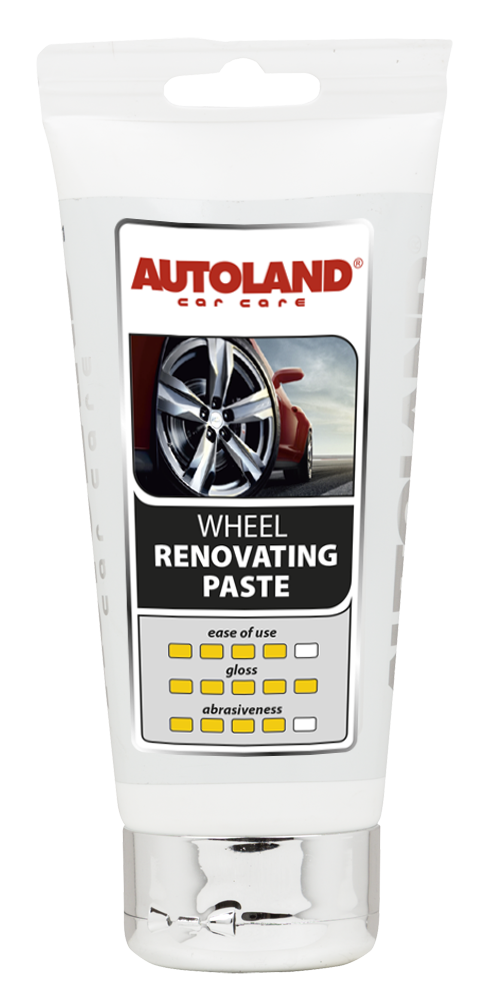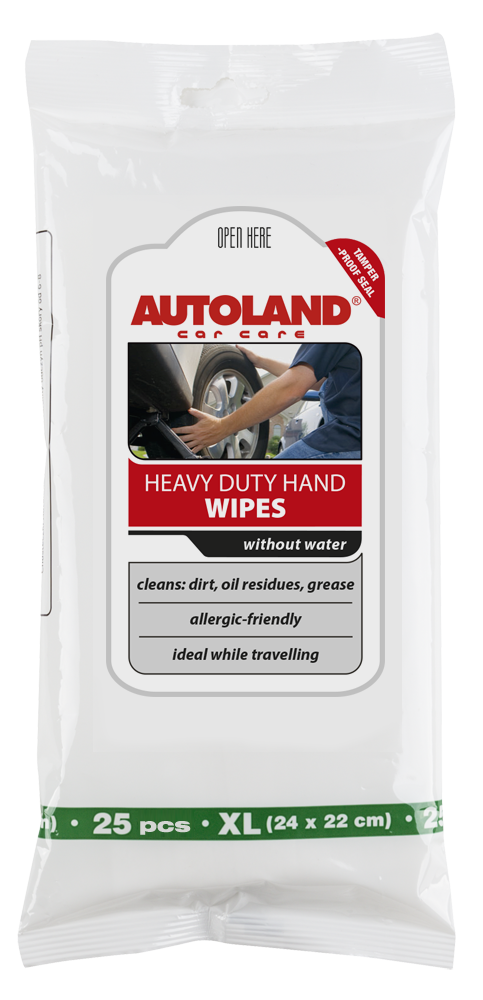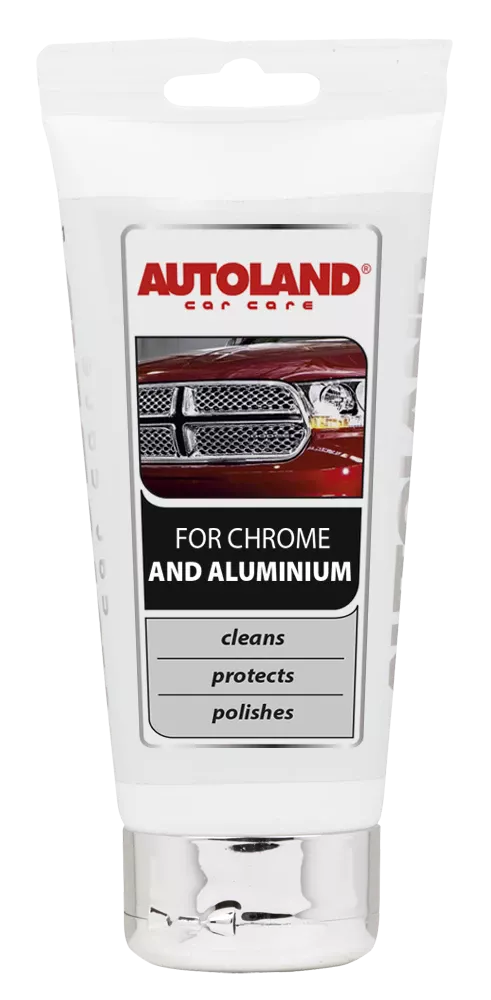Topics:
- Aluminium wheels and metal trims: cleaning, care & protection
From an aesthetic point of view, these are some of the most essential parts of your car. And ones that get dirty the fastest and get damaged the easiest. Light alloy or aluminium wheels and decorative metal trims – how do you clean and maintain them? Should you protect them? How to restore scratched wheels and trims?
Alloy wheels have become almost a standard fitment of majority of new cars, and their sizes are growing steadily. Compact cars nowadays are usually fitted with 17-18 inch wheels, and the largest SUVs have wheels even up to 25 inch. Larger wheels with wider tyres provide better grip with the road. Unfortunately, cleaning wheels, especially those of fancy shapes with a large number of spokes, is not an easy task.
The cleaning of decorative trims, which can be made of many different types of materials is also challenging. Their unprotected surfaces can easily get scratched by automatic car washes or by using the wrong cleaning accessories. In addition, aggressive chemicals found especially at popular self-service car washes can cause the trims to lose their original shine over time. As a result, their decorative effect will be lost. In the worst-case scenario, unsightly discolouration or pits may appear.
That’s why it’s a good idea to know some useful rules for cleaning alloy wheels and body trim. Please find below some tips how to do-it-yourself.
Alloy wheels STEP 1: cleaning
You need the right product to thoroughly clean your alloy wheels from road grime and dust from brakes. It is very important to pay attention to the pH value of the cleaner. The safest for alloy wheels as well as for tyres all elements of brake systems are products with a neutral pH (5-7). Alkaline (pH 8+) cleaners can help in more difficult cases or when is organic soiling (e.g. tree sap). Acidic products (pH 1-5) are the last resort, for inorganic contaminants (e.g. chips, rust). However, they are very aggressive and can easily damage the delicate coating of the wheel, especially if we are dealing with chromed ones! Additionally, it may also destroy the hubcaps and a logo.
[produkt_1]
Wash your wheels with a strong stream of water to remove road contamination. Not in direct sunlight or when the surface is hot. Spray the wheel evenly with the product and let it work for a few minutes without allowing it to dry.
In recent years, “colour changing wheel cleaners” type fluids, which turns red as it starts dissolving dirt, have become more popular. It is worth paying attention mainly to the pH value of the cleaner used, its effectiveness and the recommendations of wheel manufacturers. For years, Autoland’s wheel cleaner series of products, recognised for their safety, performance and the best price-to-quality ratio (test Auto Świat – maj 2019). They are also recommended by ALCAR German wheel manufacturer the owner of brands such as AEZ, Dotz, Enzo and Dezent.
[produkt_2]

photo Acid-free rim cleaner with “bleeding wheel” effect, removes metallic contamination (deironizer).
In case of heavily soiled wheels, simply spraying with the cleaner may not be enough. In such cases, the product should be applied into the crannies of the wheel using a microfibre cloth (you can wrap it around your hand in a rubber glove), either a dedicated brush with not too hard bristles or a small brush.
[produkt_3]
Wheel cleaner with a dedicated brush, an elongated head is suitable for multi-spoke wheels.
After application of the product and waiting, it is time for a thorough rinsing of the wheel.
Important! Special attention should be paid to damaged areas of your painted wheels to not worsen. The most avid car detailing enthusiasts might even consider removing and washing the entire wheel.
For very stubborn dirt, such as black marks from tar, you can use a paint clay bar (make it glide by spraying the wheel with water and shampoo) or a dedicates wheel renovating paste..
We don’t recommend cleaning wheels using household products such as toilet cleaners, fireplace cleaners, soda, etc. as they may damage the surface of your wheels.
Alloy wheels STEP 2: protecting
While many people are aware that car paintwork should be waxed, waxing wheels is still rarely heard of. However, such protection brings a number of benefits: waxed wheels are much easier to clean and the additional coating protects them from aggressive chemicals at car washes and from salt on the roads in winter (aluminium corrodes too!). Finally, waxed wheels are more resistant to contamination.
[produkt_4]
When choosing a wax for your wheels, pay attention to special formulations developed for this purpose. Ordinary car body waxes have a lower temperature resistance threshold and may come off quicker. The waxing itself is done in a similar way to the bodywork. Apply the product to a clean, dry wheel, not in direct sunlight or on hot surface, using a a dry sponge or clean soft cotton cloth. Wait and polish. Caution! Be careful not to get any wax on the sidewall of the tyre!

photo Wax makes it easier to later clean the wheels and protects them from adverse weather conditions and other environmental hazards. Definitely worth doing it!
Alloy wheels STEP 3: polishing
Use a wheel renovating paste to restore a showroom shine to your wheels. It will restore the shine to both painted and unpainted metal surfaces, removing grime and small scratches.
[produkt_5]
Wheel renovating paste will help refresh not only the edges but also the entire wheel surface.

Important! Polished wheels are much more susceptible to tarnishing and will require periodic polishing to refresh. In order to extend the gloss effect, such surfaces should be waxed with a dedicated alloy wheel wax.
Caution! Chromed wheels, which usually have a thin finish layer, must not be mechanically polished. Such wheels can only be manually polished with polishing paste. Severe damage to the coating should be reconditioned by a professional workshop.
By the way: tyre gloss spray
A clean wheel looks best with a clean tyre. Of course, the tyres must first be washed with water and shampoo using a microfibre sponge or brush. Then it’s time to revitalize and renew the appearance: a shiny or satin finish on the tyre will enhance the cleanliness of the wheels and also the car, and the surface maintained this way will resist ageing more effectively.
There is now a choice of products in various forms (spray, foam, gel, trigger spray, etc.) and with different effects (gloss, satin, wet look). The choice is a matter of taste. From a practical point of view, the easiest to apply is tyre gloss spray, which is easy-to-use. Avoid spraying the wheels when using trigger sprays and foams. We recommend applying using a sponge a clean soft cotton cloth.
[produkt_6]
Tyre black (Tyre gloss spray) is the easiest and quickest to apply.

An applicator sponge or suitable cloth comes in handy when applying gels and liquids.
Caution! Be careful when applying – tyre care products must not be allowed to go onto any tyre tread or brake components.
After working on you wheels and tyres, hand wipes are irreplaceable. Autoland offers high-quality cleaning wipes both standard and heavy duty.
[produkt_7]
Wipes useful for cleaning hands.
Decorative chrome trim: protecting
Decorative trim, which can be found on modern cars as well as on youngtimers and classic vehicles, requires similar care to alloy wheels.
Here, too, the issue is complex. Paste for chrome, steel, aluminium and copper is sufficient for cleaning and polishing metal mouldings. Simply apply a small amount on a cloth/sponge and carefully polish the element, repeat if necessary. Care must be taken not to apply on adjacent parts.
[produkt_8]
Chrome and aluminium cleaner will help you to restore not only the decorative body trim, but also the exhaust tip.
This will remove scratches and discoloration from the decorative elements and restore their original shine. To maintain this effect for longer and to protect the mouldings from adverse weather conditions and other environmental hazards. it is also worth waxing them with a traditional car body wax.
Unfortunately, if there is permanent discolouration, pitting or peeling on the surface of trim, it is usually too late for polishing – surface damage has already occurred. Overly aggressive car wash chemicals are often to blame. That is why it is all the more important to wax the decorative trim and all other decorative elements from time to time, just like the entire car body, and to carefully choose the locations where our car is washed.
Może Cię również zainteresować:
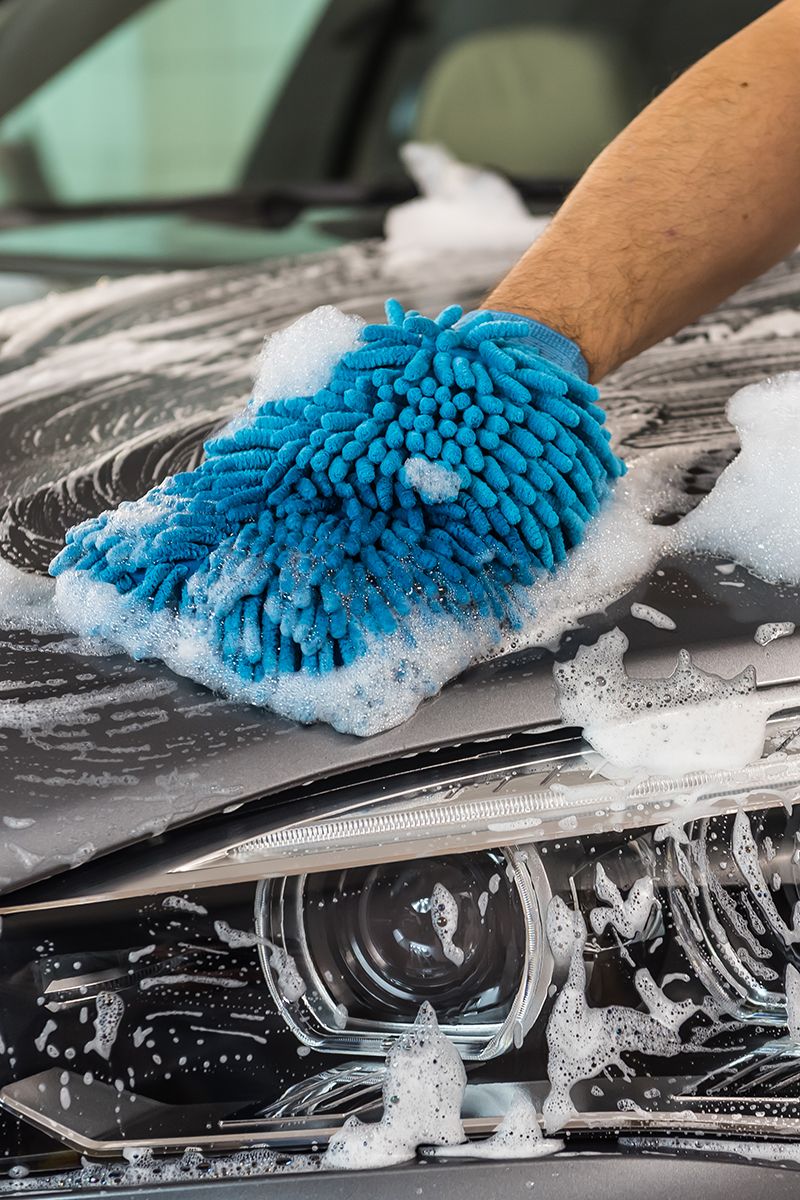
DO-IT-YOURSELF - Car body washing step by step
It should be no rocket science – water, shampoo, sponge and off you go. But washing the exterior of your car means following certain rules, too. Otherwise you can damage the paint and... waste your time.
Please, make sure you know exactly what to do before cleaning your car!
